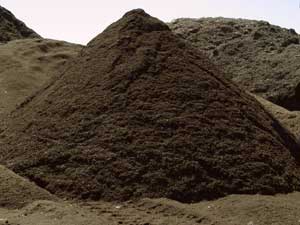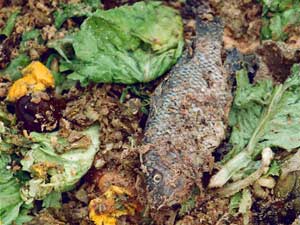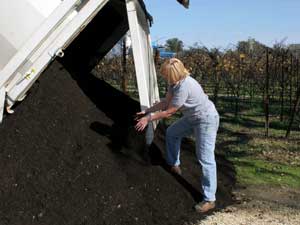Pacific Southwest, Region 9
Serving: Arizona, California, Hawaii, Nevada, Pacific Islands, Tribal Nations
Contacts
Media Contact
David Yogi
(yogi.david@epa.gov)
(415) 972-3350
Project Contact
Karen Irwin (irwin.karen@epa.gov)
415-947-4116
Award Recipient
Cheri Donnelly (CheriD@cupertino.org)
(408) 777-3242
Food Recovery Resources
- EPA Food Recovery Challenge
- Reducing Food Waste
- Innovative Franchise Agreement Language (PDF) (1 pp, 81K)
Award Recipient
- City of Cupertino

- City of Cupertino Proclamation (PDF) (1 pp, 345K)
Non-Government Partners
- Recology
- Marina Food
- Monta Vista Market
- 99 Ranch-Cupertino Village
- Oakmont Market
Reducing Food Waste in Cupertino
EPA has recognized the City of Cupertino for innovation in reducing food waste. Cupertino teamed up with its waste hauler, Recology, and EPA's Food Recovery Challenge program to work with local grocers and markets, including Marina Food.
In 2010, Cupertino and Recology agreed to add a stipulation to its franchise agreement to keep 75% of community-generated waste out of landfills by 2015, a 10% increase from 2010 levels. Reducing food waste is a key component of this plan. More than 2,000 tons of food waste has been diverted from landfills since the city amended its franchise agreement. Also, the city has made significant progress toward its 75% goal and has seen a 6% increase of material reused, recycled, or composted, rather than sent to landfills. Marina Food alone will divert an estimated 520 tons of food waste annually from entering landfills.
Cupertino's innovative approaches to reducing waste provide a model for other communities and grocers to follow. Nationally, food waste is the single largest type of waste going to landfills and incinerators, and food production impacts water quality and soil productivity, while contributing about 13% of greenhouse gas emissions. When excess food is disposed of in a landfill, it decomposes and becomes a significant source of methane, a potent greenhouse gas. Excess food doesn't have to be wasted; much of it is safe, wholesome food that could potentially feed millions of Americans or be composted into nutrient-rich soil amendment.
Project Photos

Larger version

Larger version

Larger version
| Pacific Southwest NewsroomPacific Southwest Programs | Grants & FundingUS-Mexico Border | Media Center Careers | About EPA Region 9 (Pacific Southwest)A-Z Index |

